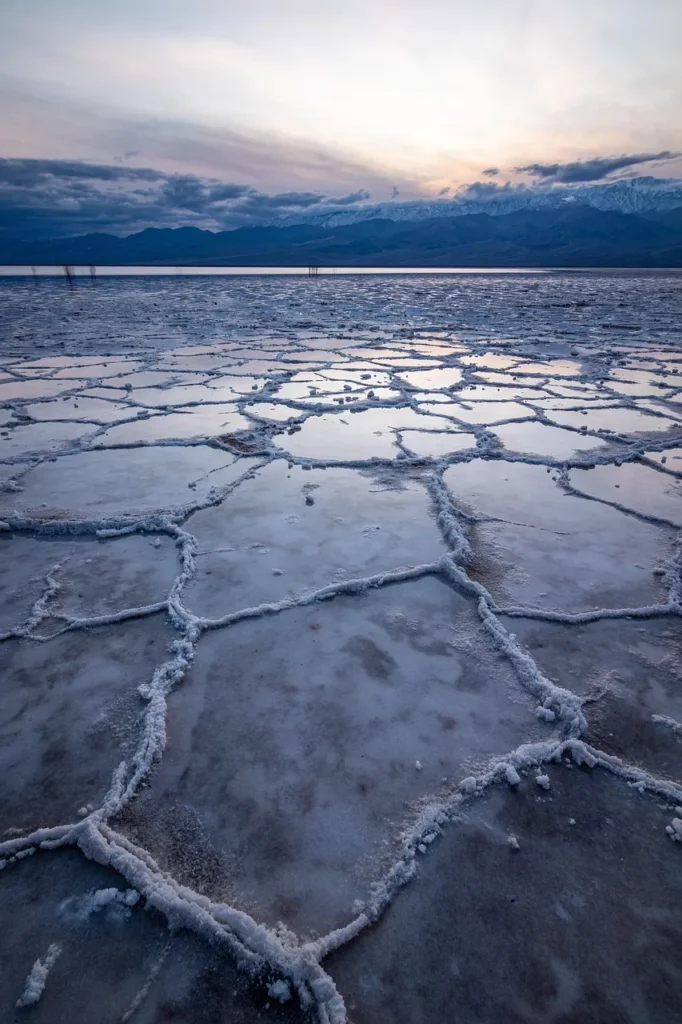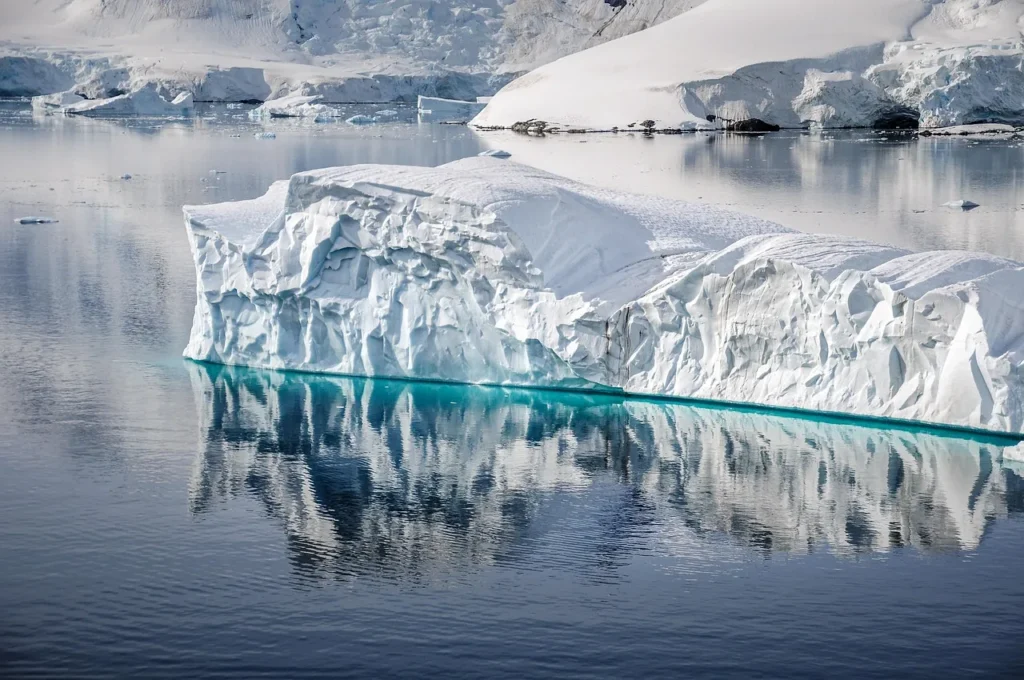For some travelers, the perfect vacation doesn’t mean palm trees and gentle sunshine — it means pushing the limits of nature. Whether you crave the scorching heat of a desert dune or the bone-chilling air of a frozen tundra, the world offers breathtaking extremes for every kind of weather enthusiast. In this guide, we’ll explore some of the most remarkable travel destinations for extreme weather lovers — where the environment itself becomes the adventure.
1. Embracing the Heat: The Deserts of the World
Death Valley, USA

Known as one of the hottest places on Earth, Death Valley in California is an experience like no other. With summer temperatures soaring above 50°C (122°F), it’s a land of extremes — shimmering salt flats, colorful canyons, and surreal rock formations. Despite the harshness, visitors can explore Badwater Basin, Zabriskie Point, and the Mesquite Flat Sand Dunes. The key? Visit in early morning or sunset to witness nature’s fiery beauty safely.
Sahara Desert, North Africa
Stretching across 11 countries, the Sahara Desert is the ultimate playground for those who thrive on heat and sand. Camel trekking across golden dunes, stargazing in one of the clearest skies on the planet, and experiencing Berber hospitality are all unforgettable experiences. The Sahara’s vastness and silence remind travelers of both the power and peace of the natural world.
Wadi Rum, Jordan
Known as the “Valley of the Moon,” Wadi Rum combines desert mystique with cinematic landscapes. With temperatures reaching 45°C (113°F) in summer, it’s been the backdrop for films like The Martian. Visitors can sleep under a blanket of stars in Bedouin camps, climb red sandstone cliffs, and feel the raw intensity of the desert wind.
2. Chasing the Cold: Arctic Adventures and Polar Wonders
Svalbard, Norway
For those who love the Arctic chill, Svalbard offers an extraordinary experience. Located halfway between Norway and the North Pole, it’s a land of glaciers, polar bears, and endless snow. In winter, the sun disappears for months — a phenomenon known as the Polar Night — while summer brings the Midnight Sun, where daylight never ends. Dog sledding, snowmobiling, and ice-caving make it a must-visit for cold-weather adventurers.
Antarctica

The coldest continent on Earth is the ultimate test of endurance and curiosity. Temperatures can plunge below -60°C (-76°F), yet the icy wilderness hosts penguins, seals, and surreal icebergs that shimmer in shades of blue. Visiting Antarctica is only possible via guided expeditions, often departing from Ushuaia, Argentina. It’s an extreme journey that rewards travelers with some of the most untouched and hauntingly beautiful landscapes on the planet.
Lapland, Finland
If you want an arctic experience with a touch of magic, Lapland offers freezing temperatures and northern lights displays unlike anywhere else. Stay in glass igloos, go husky sledding, or visit Santa Claus Village. The crisp, subzero air and snow-covered forests make it a dreamlike destination for anyone enchanted by the cold.
3. Battling the Elements: Extreme Rain, Wind, and Storms
Cherrapunji, India
For those who love dramatic rainfall, Cherrapunji — one of the wettest places on Earth — delivers. Nestled in the hills of Meghalaya, it receives over 11,000 mm (433 inches) of rain annually. The region’s living root bridges, built by the Khasi people, are natural wonders formed from living tree roots that intertwine over centuries. The monsoon here isn’t just weather — it’s a way of life.
Patagonia, Chile & Argentina

Wind lovers, this one’s for you. Patagonia is known for its fierce gusts that can reach 120 km/h (75 mph), shaping its rugged mountains and endless plains. Adventurers can trek through Torres del Paine, kayak icy fjords, and marvel at the region’s raw, untamed energy. It’s a place where the wind sings, and the landscape seems alive.
4. Balancing Risk and Reward: Staying Safe in Extreme Climates
Extreme-weather travel isn’t for the unprepared. These adventures require planning, respect for nature, and the right gear. Here are a few tips:
- Research the climate and prepare for sudden weather shifts.
- Hydrate in hot environments and layer properly in cold ones.
- Respect local guides and customs — they know how to survive in their native climate.
- Always carry proper insurance that covers remote or high-risk destinations.
With the right preparation, extreme travel can be not only safe but profoundly rewarding — offering experiences few people dare to seek.
5. Why Travelers Are Drawn to Extremes
For many, extreme weather travel isn’t about danger — it’s about connection. It’s the feeling of standing in a place so vast, so raw, that you realize your place in the natural world. It’s about testing limits, feeling alive, and seeing beauty in contrasts — from desert flames to frozen silence.
Whether it’s the heat of the Sahara, the ice of Antarctica, or the rains of Cherrapunji, these destinations remind us that adventure begins where comfort ends.
Conclusion
The planet’s extremes — both hot and cold — are among the most awe-inspiring natural environments on Earth. For those who love the thrill of the elements, these destinations provide more than just stunning views; they offer perspective, humility, and wonder. From desert heat to arctic chill, the world’s wildest weather invites you to step beyond your comfort zone and embrace the adventure that nature itself has written.
